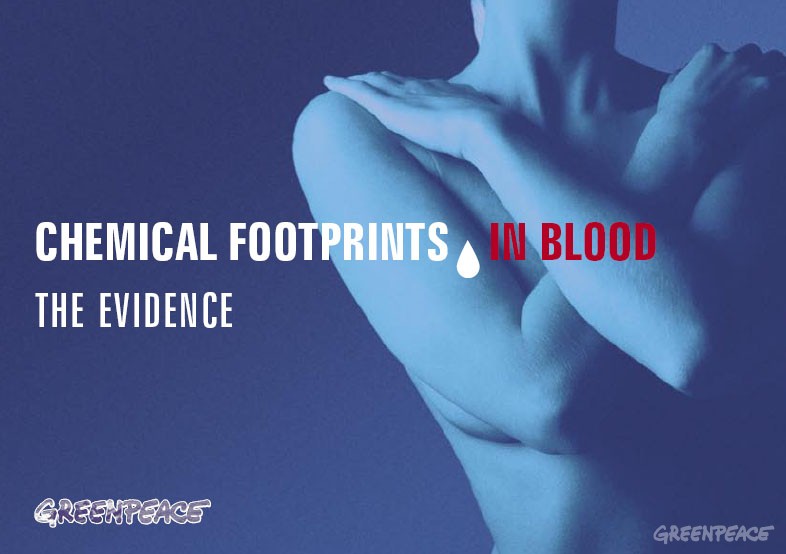Auteur: Jacqueline Schuiling, Monique J. Harthoorn
Omschrijving: Traces of hazardous chemicals have already been found in the bodies of countless animals: whales, polar bears and eels. Greenpeace found the chemicals also in house dust (2001) and in rainwater (2003). The logical question that follows is: could hazardous chemicals also end up in our bodies? Greenpeace decided to carry out a blood testing project in humans. Prof. Dr. P.J.J. Sauer from the University Hospital Groningen led the research project. The research institute TNO-MEP analysed the blood carefully for hazardous chemicals.
‘Chemical Footprints in Blood’ gives an overview of the measured concentrations found in the blood samples. Participants tell why they had their blood tested. Professor Sauer draws up his conclusions. And finally: following discussions with Greenpeace companies like Samsung and Nokia decide to eliminate hazardous chemicals from their products.
Aantal pagina’s: 28
ISBN: 90-73361-85-0

